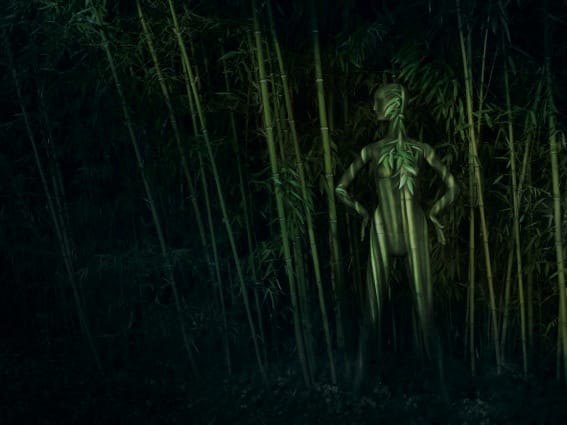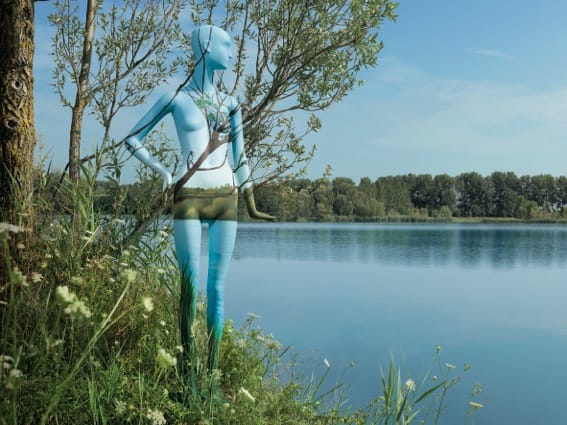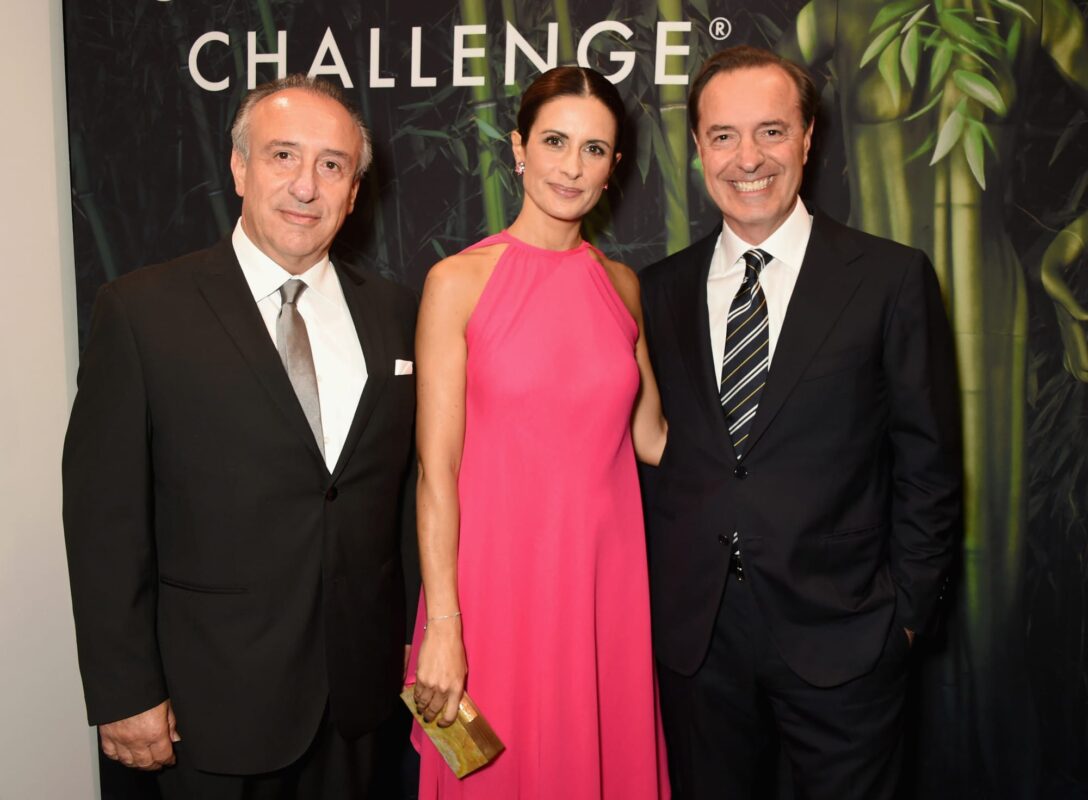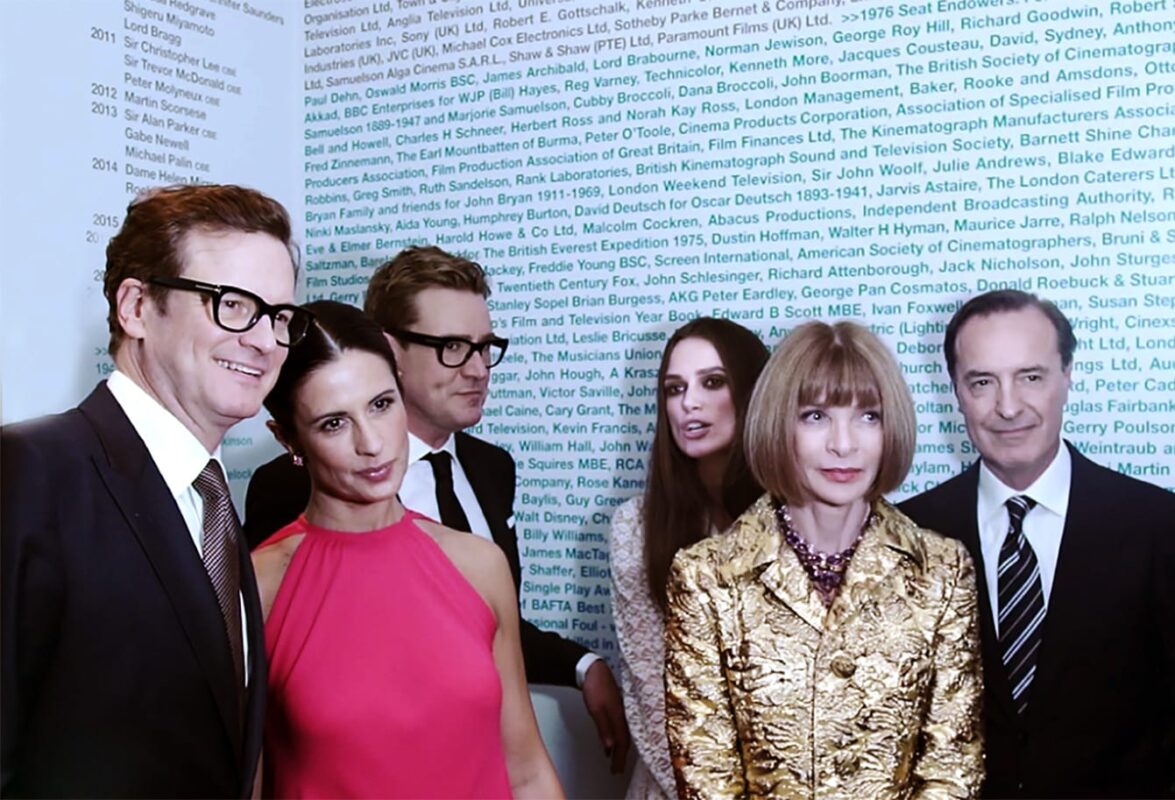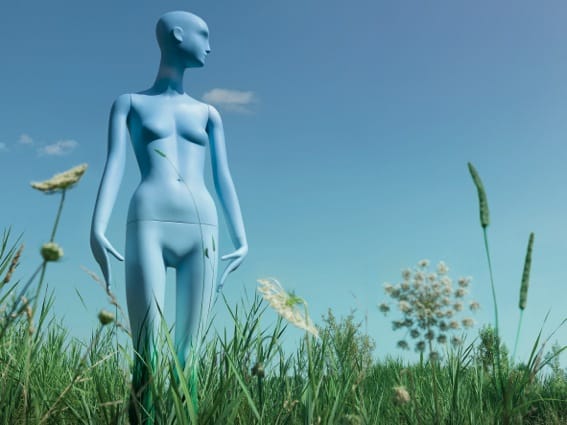Bonaveri has developed the first ever mannequin made from a renewable, biodegradable, natural source after four years of fruitful research and consistent studies. The leading high quality mannequin producer launched an ambitious research project dedicated to reducing its CO2 emissions in the collaboration with the Polytechnic University of Milan in 2012.
The Italian company produces approximately 20,000 mannequins a year and is best-known for its high quality range. Some of their custom-made mannequins have been used to present Marc Jacob's Louis Vuitton exhibition in the Decorative Arts Museum in Paris, Alexander McQueen's “Sabage beauty” exhibition in Victorian & Albert Museum in London as well as in the Metropolitan Museum of New York.
Bonaveri analysed the lifecycle of existing mannequins and studied the environmental impact of each production phase; design, prototype production to industrial production, packing and shipping.
The process of creating a mannequin is similar to the techniques of making a piece of sculpture. The first step is to create a form based on a certain body shape. Once the general shape is designed, it is carved and modeled. The material is processed in extrusion and injected into an aluminum mould. The modeled body is painted at the end of the final process. The texture of basic material needs to be elastic enough to create and manipulate a body shape, yet it has to be solid to create a three-dimensional structure. It must be compatible with the use of aluminum moulds and the density and thickness of the material has to be appropriate.
One of the biggest challenges was, first of all, to find the right materials for mannequins. Most standard mannequins are conventionally made by plastics derived from petrochemical materials, which usually have harmful effects on our health and environment. “During the course of the development, the most difficult challenge was to identify the new bioplastic and test it for the production as well as for the long-lasting use. It was also incredibly hard to paint mannequins with a biodegradable material, without which there would be no benefit of using biopolymer,” says Nemo Monti, Public Relations manager of Bonaveri.
After numerous testings and continuous analysis, Bonaveri eventually developed the two key biodegradable materials that could conform to the given objectives and produce solid industrial mannequins; BPlast® and BPaint®. BPlast® is a new biopolymer which is a natural, biodegradable material. It is derived 72% from sugar cane and 28% monometers of bio-based origin. The test result showed sugar cane was the most appropriate raw material for their needs compared with soybean or corn based biopolymer. BPaint® is the new non-toxic multi-pallet paint finish, which is 100% made from vegetable-based, renewable, sustainable sources. Both materials are completely biodegradable at the end of the lifecycle. The new materials have the potential to solve a number of waste management issues and it can contribute to the reduction of CO2 emissions.
Consequently BPlast® and BPaint® were analysed by Vincotte, the Belgium institution which certifies the percentage of renewable source present in the product. BPlast® obtained 3-star certification, the highest grade, as 72% of bio-based carbon content is the highest coefficient in the relationship between natural and non-natural material. On the other hand, BPaint® was certified as 4-star, above Vincotte's criteria. In terms of the CO2 emission released into the environment for each mannequin produced, it has the potential of reducing greenhouse gases by 25%, according to the data processed by the Polytechnic University of Milan.
Bonaveri has launched the new mannequin at the Green Carpet Challenge during the 2016 London Fashion Week. The new mannequins were dressed in couture collection by William Vintage. The event was sponsored by Bonaveri and was organised in collaboration with Livia Firth, the founder and creative director of Eco-Age. She is also a United Nations Leader of Change. It was a breakthrough moment in ethical trends, as the event was dedicated to the highest environmental standards using only materials that are either recycled or sustainably certified. In order to endorse the spirit of the ethical style in the commercial fashion industry, celebrities such as Victoria Beckham, Keira Knightley and Anna Wintour were not allowed to wear a new piece of dress at the event. After the kick off in London, the mannequins have been also presented at the Vogue Talent Exhibition in Milan and Berlin Fashion Week.
The biodegradable mannequins have been available in the market since the launch. Although the price is about 20% higher than that of standard mannequins, Bonaveri sees the price could be reduced in the future. The company sees many clients more interested in the balance between aesthetics and ethics. Monti says, “this project was in line with the ethics of the company, as the company saw many misleading communication about sustainable mannequins. It was all about green-washing. So our goal was to make something real and effective, something that could really change the way to produce mannequins. We are receiving continuous requests from all the sustainable initiatives.”
Tags
#environment / #sustainable / biodegradable / Bonaveri / CO2 / ethics / first ever / Italian / mannequins / natural / natural source / Polytechnic University of Milan / quality mannequin / recycle / reducing CO2 emissions / renewable / research project / Sustainability
#environment / #sustainable / biodegradable / Bonaveri / CO2 / ethics / first ever / Italian / mannequins / natural / natural source / Polytechnic University of Milan / quality mannequin / recycle / reducing CO2 emissions / renewable / research project / Sustainability

